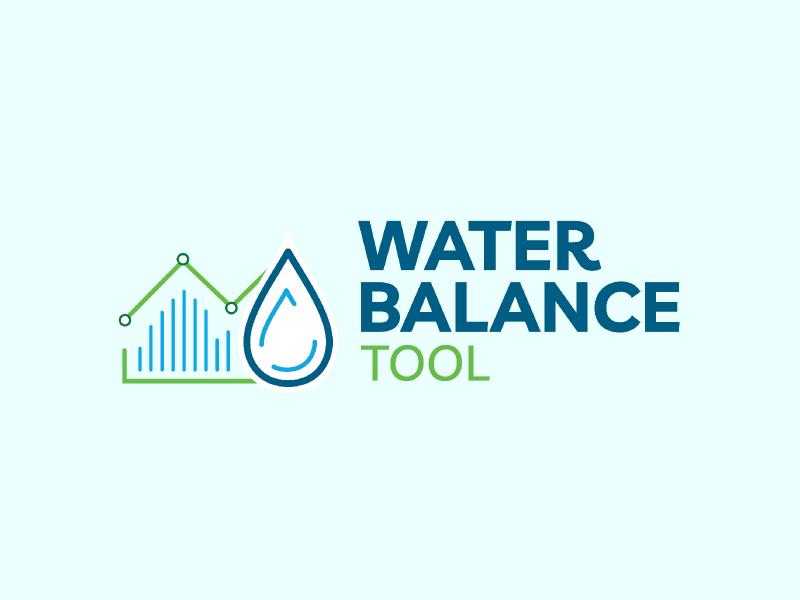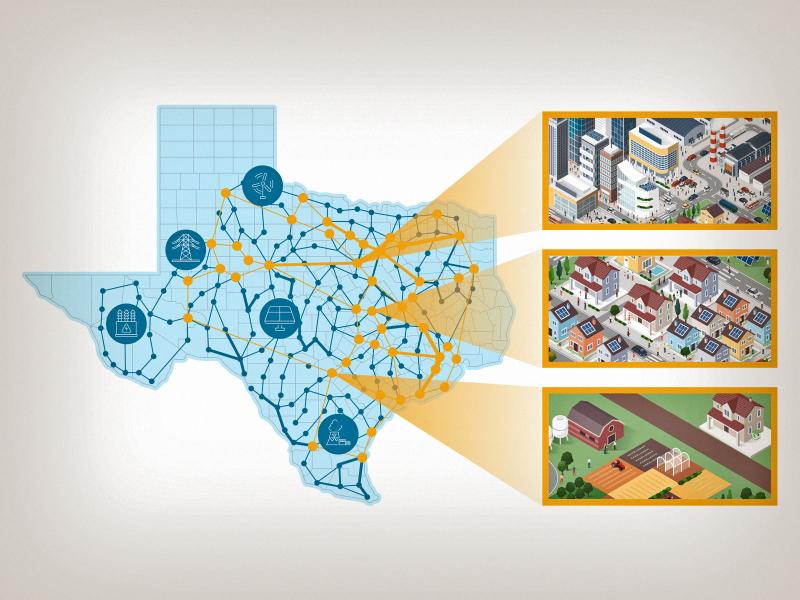
Federal Performance Optimization
Federal Performance Optimization
Improving building operations
Improving building operations
By developing strategies to improve federal building operations, federal agencies can save energy and water and reduce costs associated with heating, cooling, and lighting. These improvements help the environment, too, specifically with reducing carbon emissions and waste.
Building operational improvements
PNNL’s building performance evaluation and optimization teams support the Federal Energy Management Program (FEMP), the U.S. Department of Defense and other federal agencies by providing a variety of tools that boost efficiency, reduce costs, and protect building operations. Researchers at PNNL support several FEMP projects related to operation and maintenance such as re-tuning, facility auditing, end-use metering, and water management among others. To reduce energy and water waste in buildings, PNNL develops advanced analytic methods and tools that assist Federal agencies in improving the management of heating, ventilation, and air conditioning equipment, water systems, miscellaneous electrical loads, lighting, and building controls systems. The team offers an online interactive training curriculum for building operators, managers, and energy service providers using PNNL’s Building Re-Tuning approach to identify and correct no- and low-cost operational problems that affect commercial buildings.
Water needs are being addressed with tools and resources that PNNL developed for FEMP. For example, a water balance analysis software tool provides a breakout of water use for a variety of water-consuming equipment, enabling facility managers to make informed decisions on efficiency opportunities. PNNL tools help federal building owners maximize water efficiency and resilience through guidance on water management planning for buildings and campuses. PNNL’s Water Project Screening Tool enables federal agencies to screen sites for water-efficiency opportunities. In addition, Alternative Water Tools provide maps of the locations of alternative, sustainable water resources, including harvested rainwater, captured condensate, and reclaimed wastewater.
Energy and cost performance
PNNL developed the Facility Energy Decision System, or FEDS, a tool to help federal agencies model energy and cost performance of heating, cooling and other building systems. The tool also helps calculate energy consumption and electrical demand for buildings, an entire campus, or installation.
FEDS load profiles are used with PNNL’s Microgrid Component Optimization for Resilience (MCOR) tool to streamline the design process for microgrids for resilience services. PNNL experts use MCOR to simulate microgrid power dispatch under a large range of outage conditions to help determine whether systems will meet a site's resilience goals.
Occupant comfort and health
As part of the FEMP Healthy Buildings Initiative, PNNL is leading research related to energy and health opportunities across the building sector to improve health and well-being and to achieve energy efficiency, resiliency, and affordability goals PNNL is working to create a model that incorporates new research, technologies, and techniques. Research also utilizes emerging public- and private-sector investments in health and well-being to improve energy efficiency, resiliency, and affordability.

